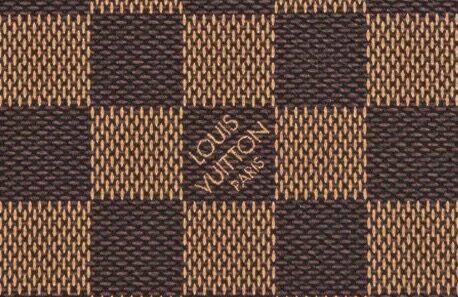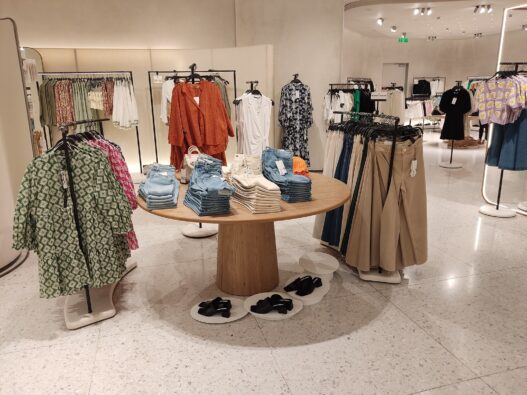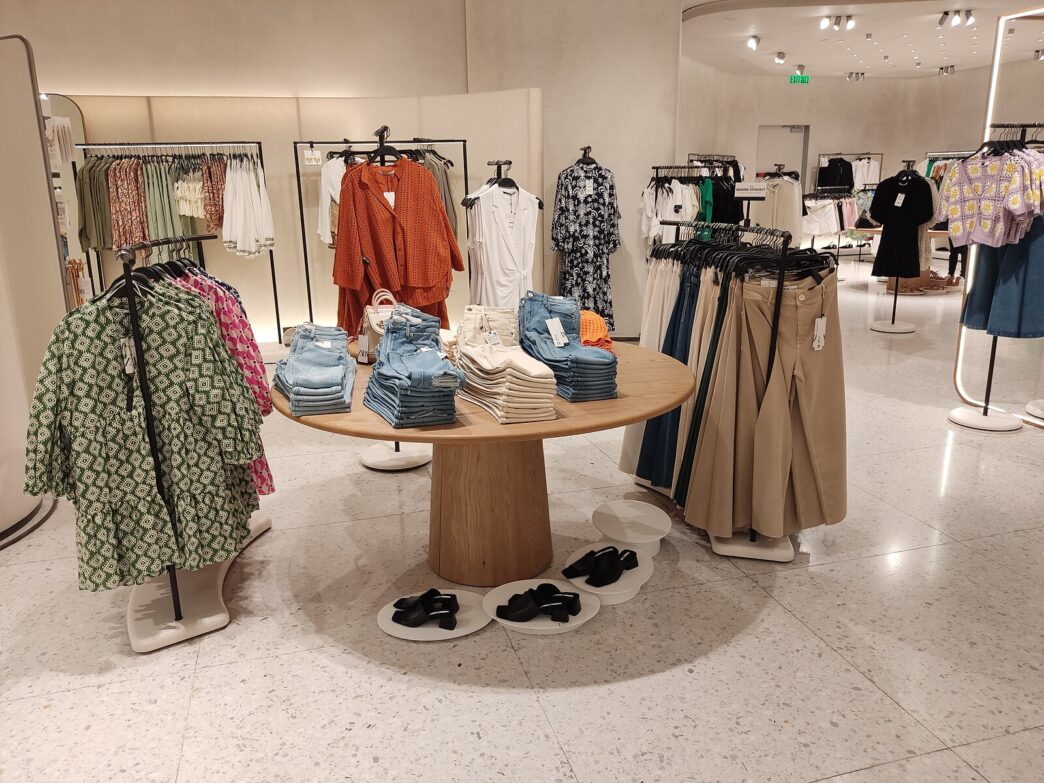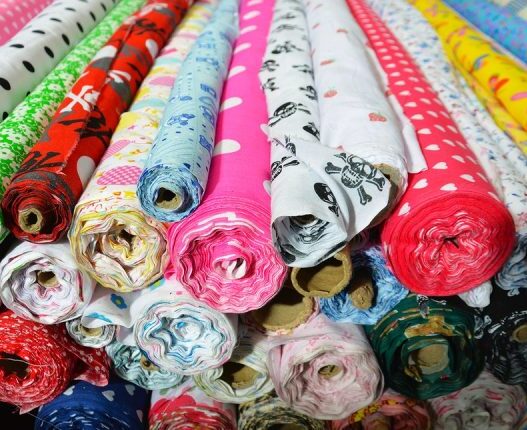Fast fashion. It’s cheap, trendy, and seemingly everywhere. If you want to stay on top of the latest trends, and on a budget, fast fashion will solve your last-minute fashion crisis within a reasonable budget. But behind those bargain prices and Instagrammable outfits lies a complex and frankly, troubling truth: Is any of it sustainable? Let’s be honest, the idea of sustainable fast fashion might sound like an oxymoron. Deafening silence? Living dead? Bittersweet? Sustainable fast fashion?
The Problem with Fast Fashion: An Unsustainable Model
We’re talking about clothes designed to be worn only a handful of times before being discarded. This creates a relentless cycle of production and consumption. Think about it: new collections dropping weekly, influencing the latest must-have items. A new influencer collaboration every month. This drives demand sky-high, prompting brands to produce more, often cutting corners on quality and ethical production to maintain low prices. This endless chase of trends is devastating for our planet and the people who make our clothes.
Defining Sustainability in the Context of Fast Fashion
So, what does “sustainable” even mean when we’re talking about an industry built on speed and volume? True sustainability means minimising environmental impact throughout the entire clothing lifecycle, from raw material sourcing and manufacturing to transportation, usage, and disposal. It also includes ensuring fair labour practices, legal compliance and safe working conditions for everyone involved. Essentially, it’s about creating clothes in a manner that doesn’t harm the planet or exploit people.
Is Fast Fashion Sustainable? Examining the Environmental and Social Impact
The short answer? Largely, no. Let’s look at the facts. The fashion industry as a whole accounts for a significant chunk of global carbon emissions – up to 10%, according to the UN. Fast fashion exacerbates this problem through its reliance on resource-intensive materials, such as cotton (which requires vast amounts of water and pesticides) and synthetic fibres like polyester (derived from fossil fuels).
Then there’s the issue of textile waste. Millions of tonnes of clothing end up in landfill each year, where they decompose and release harmful greenhouse gases. And don’t forget the social cost: fast fashion is often linked to poor working conditions and low wages in garment factories, particularly in developing countries.
The Illusion of Ethical Fast Fashion: Greenwashing and Empty Promises
Many fast fashion brands are attempting to improve their image with “eco-friendly” collections and sustainability pledges. But are these genuine efforts or just clever marketing (a.k.a. greenwashing)?
Take Princess Polly, for example, a brand that has achieved B Corp certification. While this suggests a commitment to social and environmental performance, it’s crucial to look deeper. Princess Polly’s B Corp score, while respectable, is at the lower end of the scale. Their strengths lie in areas like community involvement and worker benefits, but they still face challenges in reducing their environmental footprint and ensuring complete supply chain transparency. Compared to other fast fashion brands, especially those without certifications, Princess Polly is doing better, but that’s not saying much. A focus on recycled materials and waste reduction is necessary, and Princess Polly is currently leading the way in this area.
Unfortunately, many “sustainable” collections use only a small percentage of recycled or organic materials, and brands rarely provide detailed information about their supply chains. This lack of transparency makes it difficult to assess the actual impact of their efforts.
Can Fast Fashion Be Sustainable? Exploring Potential Solutions and Innovations
While the current model is deeply problematic, some potential solutions could nudge fast fashion in a more sustainable direction.
- Circularity: Brands could adopt circular business models that prioritise garment longevity, repair, and recycling. Think clothing rental services, resale platforms, and take-back programs.
- Sustainable Materials: Investing in innovative, eco-friendly materials, such as recycled cotton, hemp, or fabrics made from agricultural waste, can reduce reliance on resource-intensive options.
- Ethical Production: Fair wages, safe working conditions, and transparent supply chains are crucial. Brands must prioritise the well-being of garment workers.
How to Make Fast Fashion Sustainable: Consumer Actions and Industry Shifts
Sustainability isn’t just the responsibility of brands; consumers also play a vital role. We can all take steps to reduce our impact:
- Buy Less: The most impactful thing we can do is consume less. Resist the urge to buy every new trend and focus on building a capsule wardrobe of timeless pieces.
- Choose Quality: Invest in well-made clothes that will last longer, even if they cost a bit more upfront.
- Shop Secondhand: Explore thrift stores, vintage shops, and online resale platforms like Vinted and Depop to give clothes a new life.
- Support Sustainable Brands: Research and support brands that prioritise ethical and environmental practices.
- Demand Transparency: Ask brands questions about their supply chains and sustainability efforts. Your voice matters!
The Future of Fashion: Beyond Fast Fashion Towards a Truly Sustainable Model
Ultimately, the future of fashion lies in moving away from the fast fashion model altogether. We need a system that prioritises quality over quantity, values ethical production, and minimises environmental impact. This requires a fundamental shift in our attitudes towards clothing – from seeing it as disposable to cherishing it as a valuable resource.
While the challenges are significant, a more sustainable fashion industry is possible. It requires collaboration between brands, consumers, and policymakers to create a system that’s good for people and the planet.



















